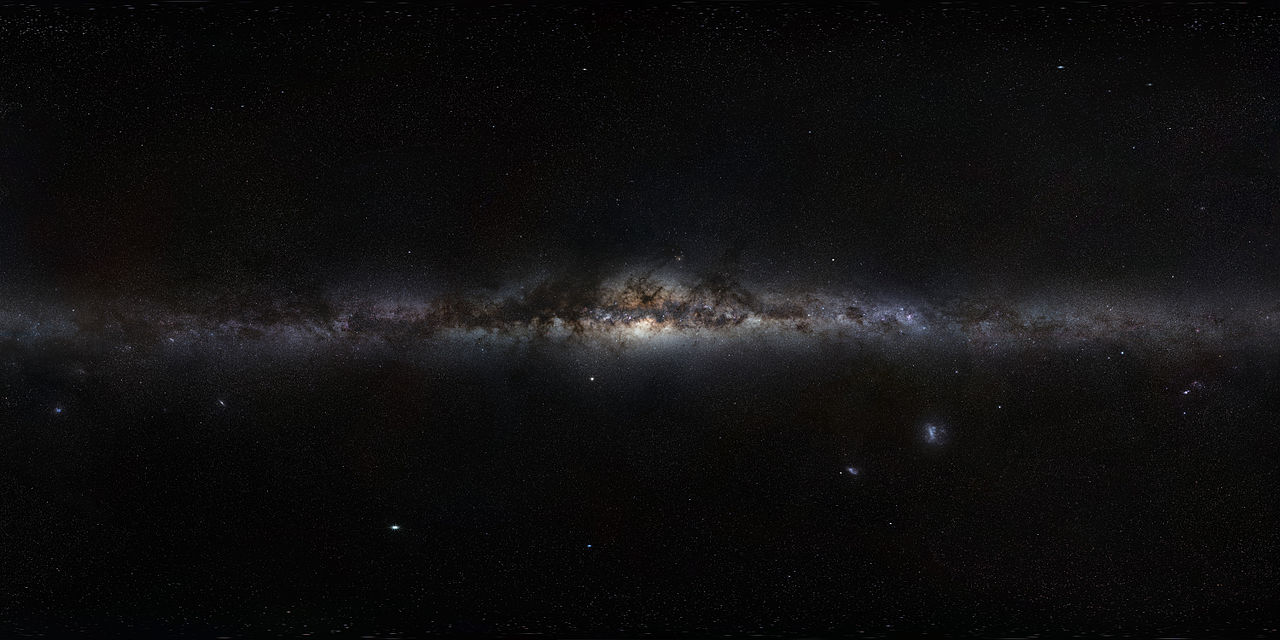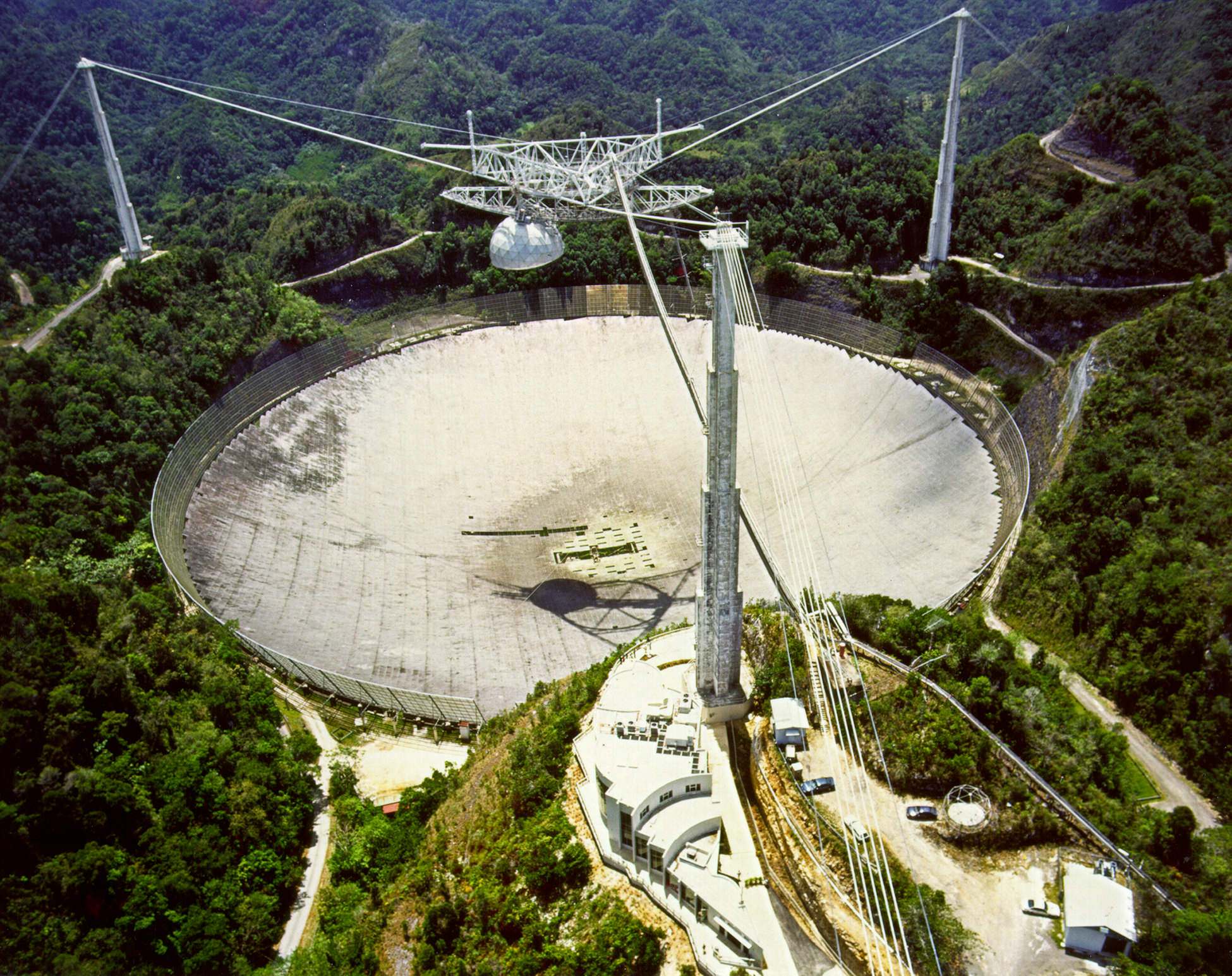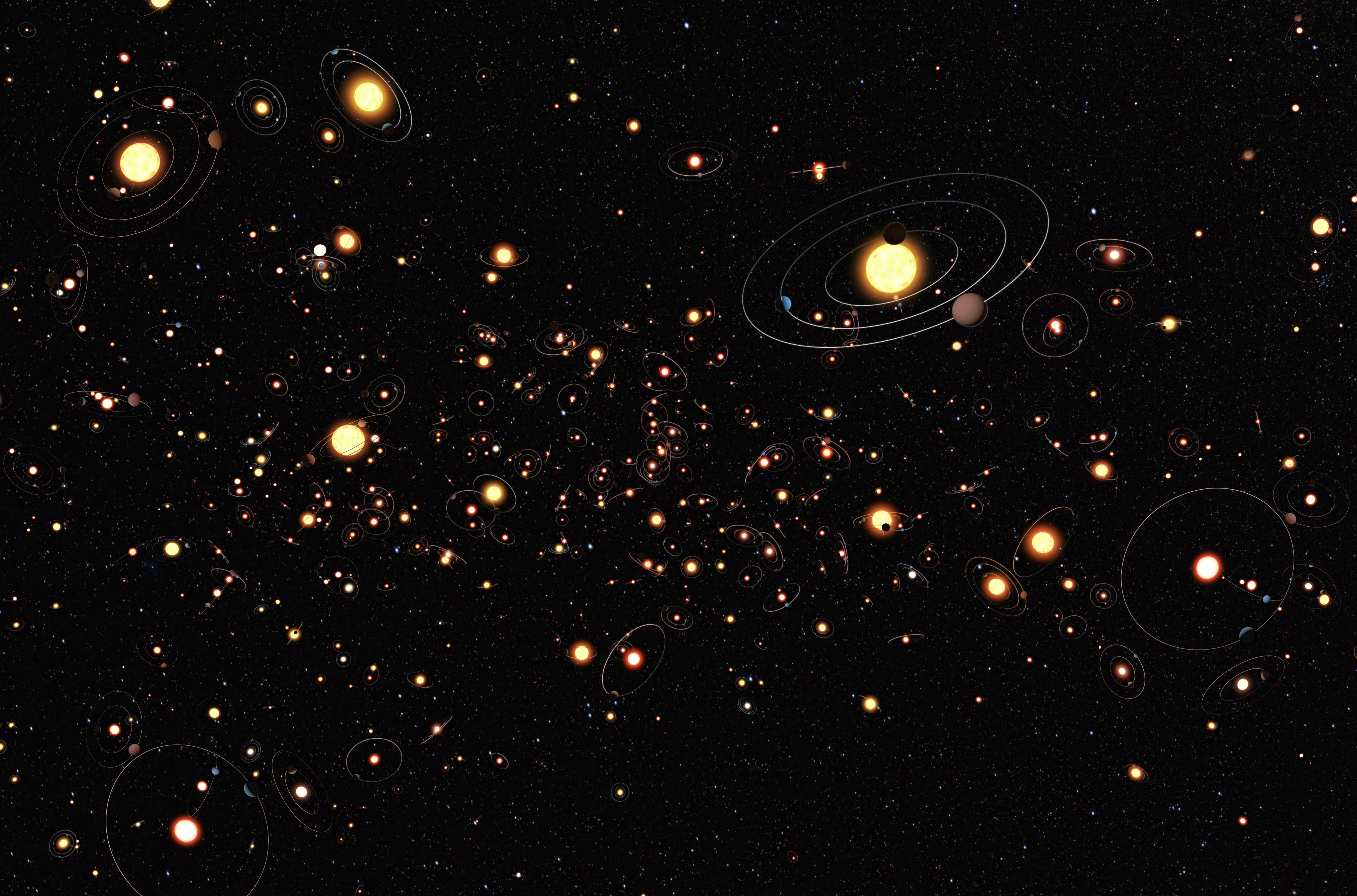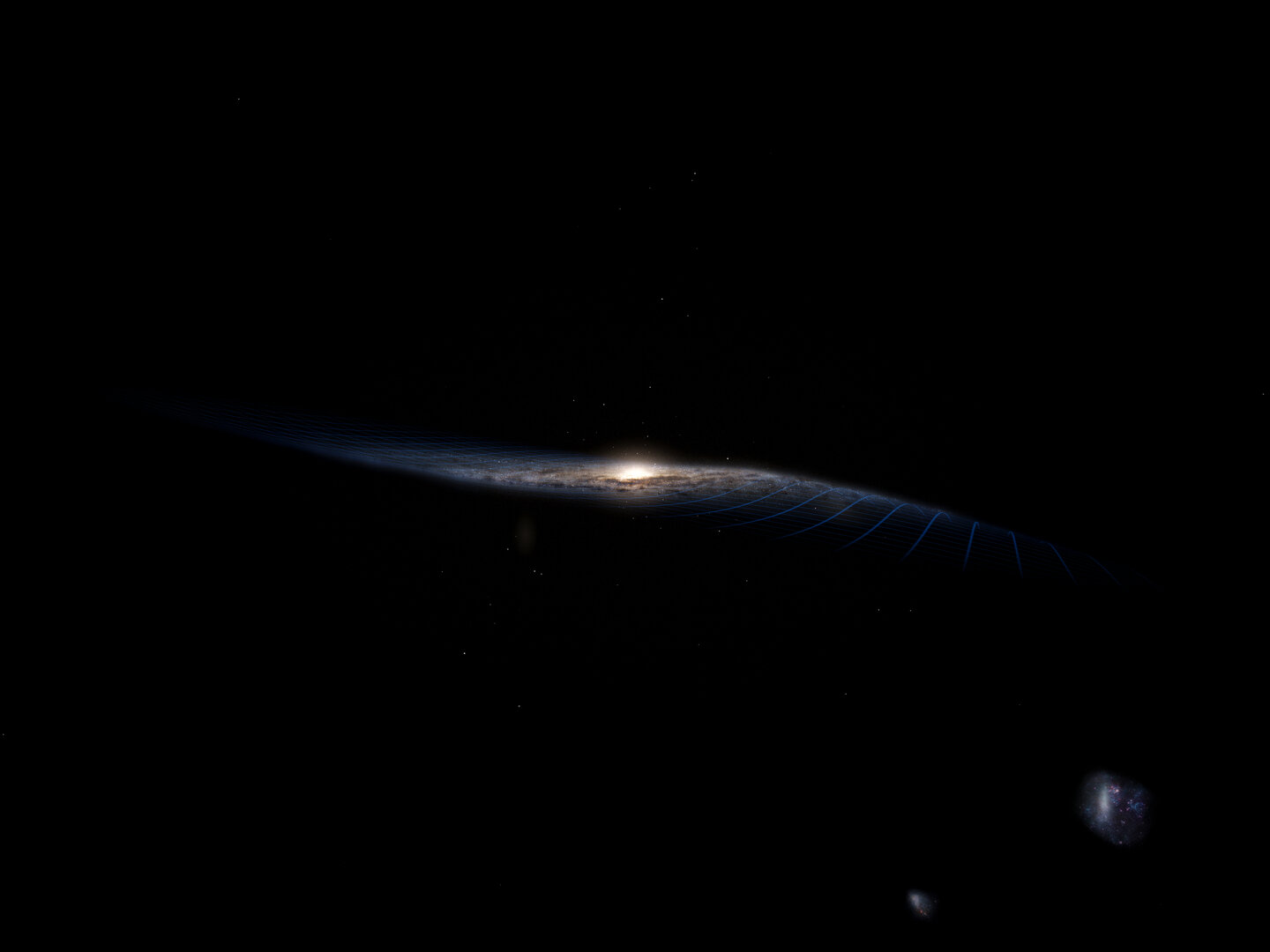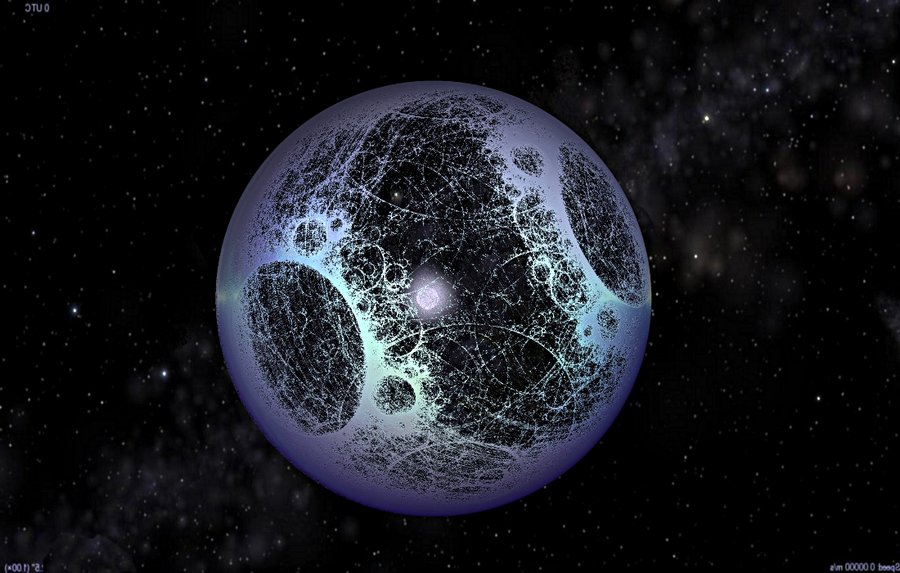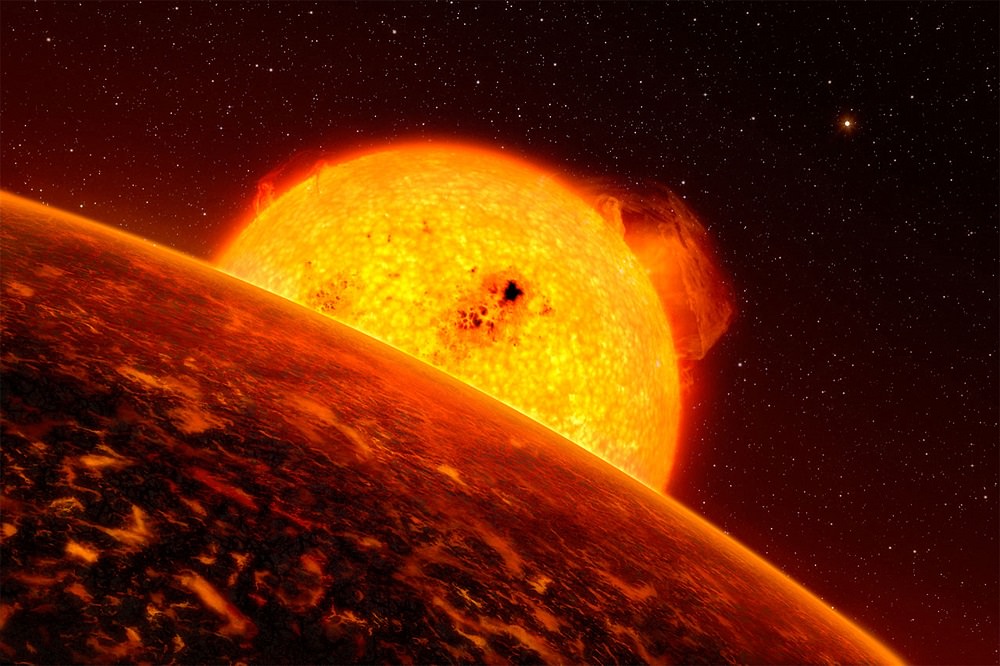It’s been seventy years since physicist Enrico Fermi asked his famous question: “Where is everybody?” And yet, the tyranny of the Fermi Paradox is still with us and will continue to be until definitive evidence of Extraterrestrial Intelligence (ETI) is found. In the meantime, scientists are forced to speculate as to why we haven’t found any yet and (more importantly) what we should be looking for. By focusing our search efforts, it is hoped that we may finally determine that we are not alone in the Universe.
In a recent study, two researchers from the University of Liège and the Massachusetts Institute of Technology (MIT) recommended that we look for evidence of transmissions from our Solar System. Based on the theory that ETIs exist and have already established a communications network in our galaxy, the team identified Wolf 359 as the best place to look for possible interstellar communications from an alien probe.
Continue reading “If Alien Probes are Already in the Solar System, Maybe we Could Detect Them Calling Home”
